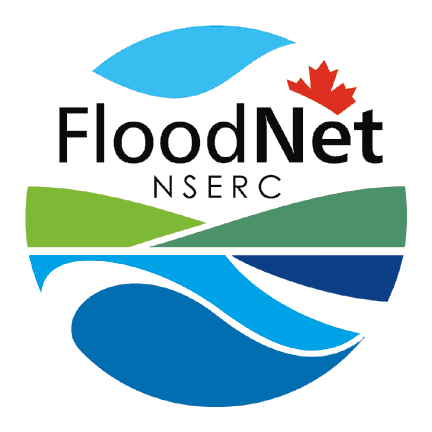Media Release
FOR IMMEDIATE RELEASE
27 April 2017
Contact: Kurt C. Kornelsen
Phone: 905-525-9140 ext. 20438
Email: [email protected]
PDF Version
Increasing Role of Rain Means Canadians Can Expect Larger and More Frequent Floods
FloodNet study demonstrates climate change is impacting extreme events
Investigations by FloodNet researchers have revealed that flood regimes across Canada have been changing over the past century due to the impacts of climate change. The findings show that the number of floods generated by heavy rainfall has been on an increasing trend and those floods generated by melting winter snow packs have been increasing in magnitude.
Project leader, University of Waterloo Professor Don Burn said “Where watersheds experience a mix of snowmelt and rainfall floods we found an increase in the importance of rainfall events. For snowmelt floods, we observe mostly increasing flood magnitudes. In general we have found that rainfall is becoming a more important flood generation process and the role of snowmelt in flood generation is diminishing.” Project collaborator Dr. Paul Whitfield, Emeritus Scientist with Environment and Climate Change Canada added, “The trends that we have identified are expected to continue into the future.”
These findings have important implications for agencies at all levels of government who work to manage water resources and increase Canada’s resilience against a changing climate. Everyday Canadians also face choices about where to live and what kind of insurance products to purchase and it is helpful to them to understand how those risks will change in the future.
Prof. Burn said “The watersheds that we have examined have 100 years of record and reflect near pristine landscapes where there is minimal land use change, no flow regulation and minimal water withdrawals. By avoiding these effects, we can be assured that changes in flooding events reflect changes in climatic patterns and not other conditions in the watersheds.”

